Things were a bit different with this one. I found my key idea pretty early on. I was finding it hard to find something that captured modernist lifestyles and thoughts, so I was going to have to do something that treated things a bit closer to their face value rather than the deeper values. I wish it didn't have to be this way but I feel a level of contempt towards modernist art, and the more I delve into their beliefs and methods the more I get annoyed. So...face value it is.
I'd been exploring the same sort of ideas for a while, of showing the progression of art styles through some sort of medium. Some ideas were more tongue-in-cheek than others, and the sillier and angrier the ideas came, the less I cared for the project. But one day when I was out for a walk in the woods back home in Cumbria I came across the idea of something far simpler and almost pretty.
I decided to have the whole thing set in a room overlooking a garden, with a couple who decide to paint a bird in the garden. As it progresses other artists arrive and show them other styles to paint in. With each artist the bird changes to reflect the new style. That was the basic premise. The animation would start with Romanticism, then shift to Realism with an industrialist painter, then Modernism with a upstarty revolutionary, then Post-Modernism with an art critic, then Pop Art with a young hipster-type. Almost like Chinese Whispers, but with art. It's hardly a perfect idea but it's the best I can manage.
Research-wise I decided it would be best to approach each genre separately to get a feel for them before drawing the bird designs. The bird itself isn't a real design, rather something loosely based on a robin. I just wanted something fluffy and cute and fairly expressive. But so- onto the artists.
Romanticism
Romanticism-era art's key feature is that it tends to add extra flair and extravagance to the subject. Scenes get busier, landscapes more beautiful, people more attractive. For the romanticism bird I'll drastically enhance the colours and try to make it as pretty as possible. I'll use pencil crayons with some dashings of felt pen. The art here was done by Anna Razumovskaya, Albert Bierstadt, and Anne-Louis Girodet. The movement was popular throughout the 17th and 18th centuries. This was one of the most appealing art styles to me of the bunch as it serves to paint the subjects in a positive light, and allows plenty of room for symbolism and hidden meaning, whilst still providing something pleasant to look at for the viewer.
Realism
Realism is based around - you guessed it - making things look real. Popularised during industrial revolution-era Britain and rapidly spread around the world, it's aim was to pull away from the overly cheerful and distracting nature of romanticism towards something that painted the subject exactly how they are. This led to a movement of very technically-skilled artists as that was more important in realism than artistic license and less real interpretations. The art here was provided by Winslow Homer, Gustave Courbet, and James McNeill Whistler, who produced what is probably the movement's most famous piece: Whistler's Mother. For this bird I'd be using a duller palette and toning down the extravagance of the previous picture, focusing on the form more.
Modernism
Modernism. The big one really. Damn I'm going to have to write more about this one. So modernism sprung up a good few years after realism throw it's grubby boots into the door (then painted them in fine detail), and was a movement that objected to the beliefs that art should be judged by the technical talent of the painter rather than their artistic abilities. They proposed that inspiration and the message behind the painting is more important than the painting itself. My own views aside, the movement gained a lot of traction. As the movement grew, it began to garner itself a series of beliefs about how the world should be. They believed that they should forget 'the old ways' of doing things and approach things from a totally new angle. They brought in new fashions, new architecture, and a new way of living. Admittedly some of their proposed ideas didn't land with as much gusto as others. The modernist theory of how to eat in particular was not as well received. But minor failures aside, modernism really started a fire. A fire that kept burning for a long time. Some of the embers of that fire can still be seen today and many contemporary artists still hold their values with a strong level of esteem. The modernist movement spawned or encapsulated a variety of other more minor art movements as well. Dadaism was a well known offshoot of modernism that existed with it's own (sometimes bizarre) set of beliefs. Surrealism and Cubism also formed inside the modernist beliefs paving the way for some of the most well known artists around. The pictures here are from Edward McKnight Kauffer, Vasily Kandinsky, and Fernand Léger. I'd be playing the abstracty surreally card with the bird for this movement. It'll be a weird one.
Post-Modernism
Now postmodernism is a peculiar movement. It really is. It began by applying the same approach modernism took to the art before it, except postmodernism applied it to modernism itself. The result is a movement that strives on picking apart the notion of art itself. It's a movement heavily based around critique and theory. Rather than modernism which can often be identified easily as a single movement, postmodernism exists in several strands, as there are so many approaches to the movement and beliefs. The movement also spawned minimalism, which aims to deconstruct an image into it's smallest, purest notions. The pictures come from Piet Mondrian, Francis Berry, and Pablo Picasso.
Pop Art
So that concludes the various artists I'll be referencing in the bird part of the piece. And now for the rest. I'd already decided this one would be done in my typical black-and-white finelinery style, so rather than putting in the artist here, I'll say WATCH THIS SPACE and it'll lead the way into the first Artist Spotlight. Thanks for reading!
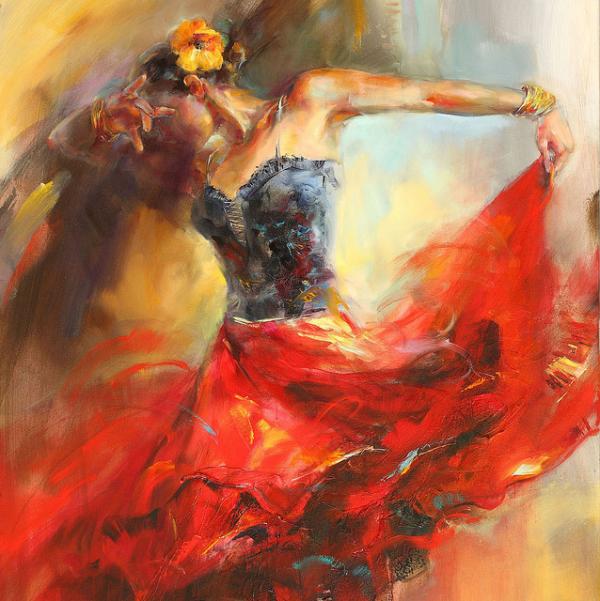

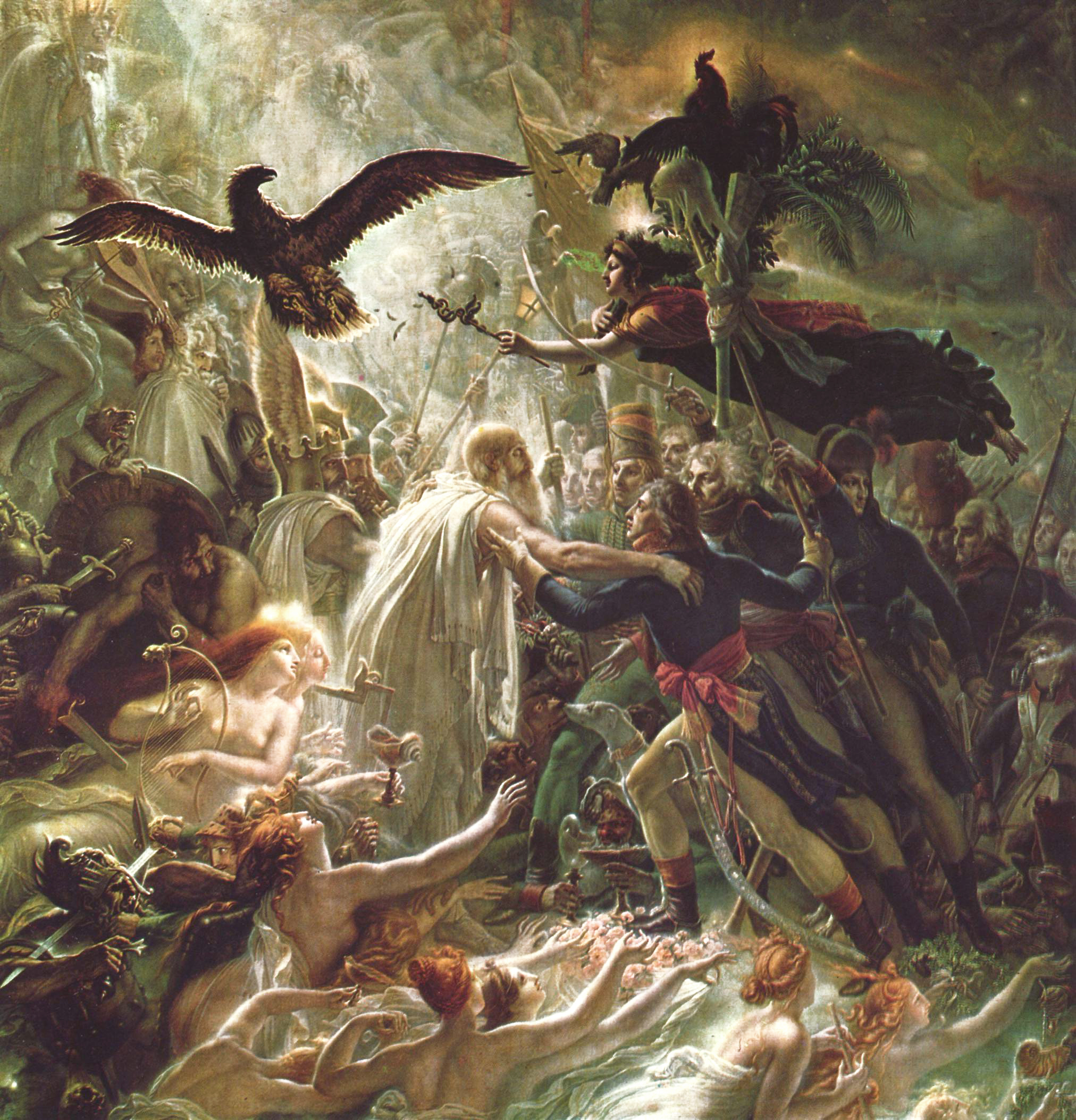
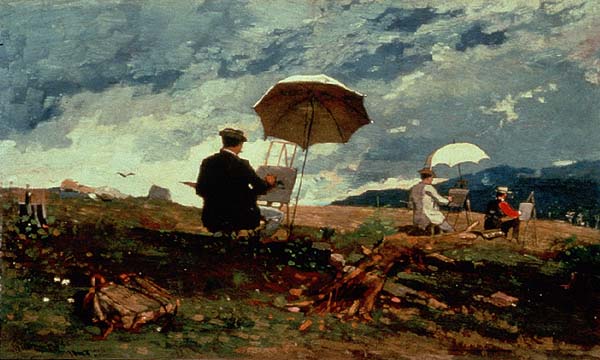



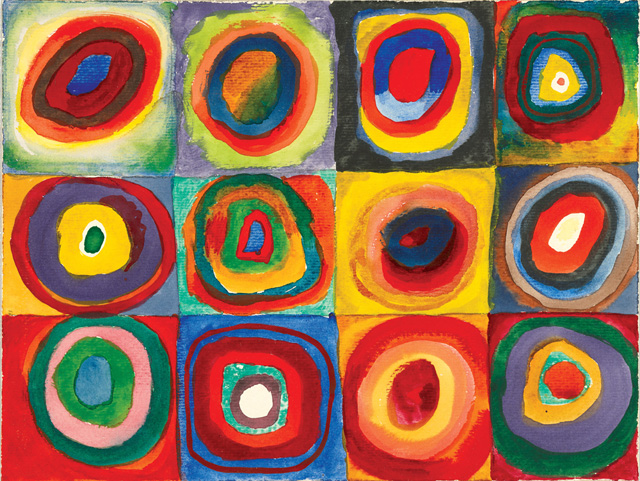




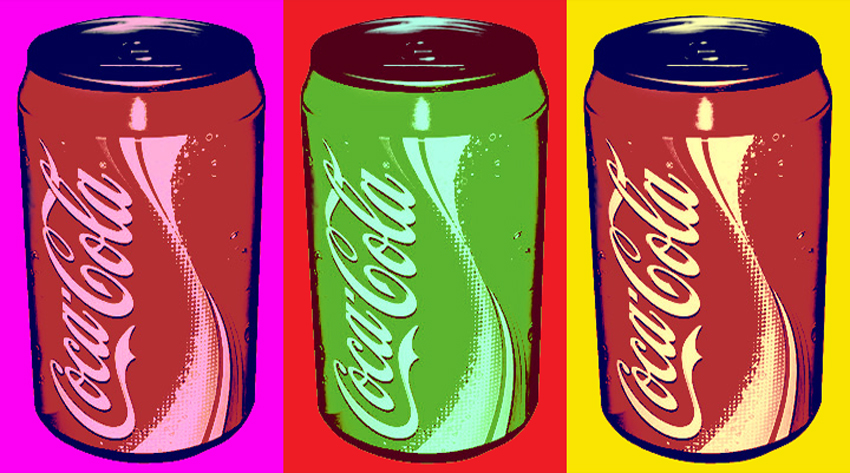

No comments:
Post a Comment